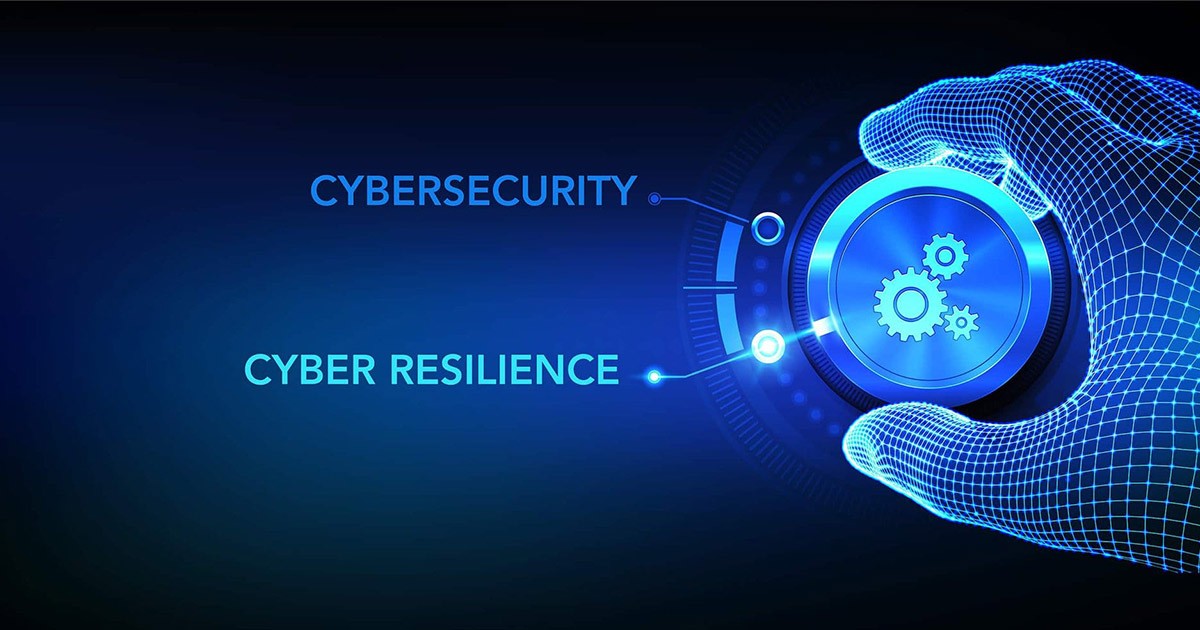
What is Cyber Resilience?
Definition and Purpose
Cyber resilience is the ability of an organization to continuously deliver intended outcomes despite adverse cyber events such as attacks, system failures, or accidental data exposure. Rather than focusing solely on preventing breaches, cyber resilience emphasizes the capacity to withstand disruptions, recover quickly, and adapt to evolving threats. This approach ensures that essential services and data remain available, even during crises.
A strong cyber resilience strategy includes layered security measures such as real-time monitoring, endpoint protection, access control, backup systems, and well-rehearsed incident response plans. It also requires a culture of security awareness, where people, processes, and technology work together to identify risks early and maintain business continuity.
Cyber Security vs. Cyber Resilience: What’s the Difference?
While often used interchangeably, cybersecurity and cyber resilience serve distinct yet complementary roles in protecting digital environments:
-
Cybersecurity focuses on preventing unauthorized access, data breaches, and malicious activity. It includes firewalls, antivirus software, authentication systems, encryption, and network monitoring.
-
Cyber resilience, on the other hand, emphasizes response and recovery. It assumes that not all threats can be stopped, and prepares systems and teams to operate under attack, recover quickly, and reduce long-term damage.
In essence, cybersecurity is about building strong walls, while cyber resilience ensures you can withstand and recover if those walls are breached. A robust security strategy should include both proactive defense (cybersecurity) and reactive strength (cyber resilience).
GateKeeper Proximity Enhances Cyber Resilience Through Access Control
GateKeeper Proximity can play a helpful role in strengthening cyber resilience by securing one of the most vulnerable areas—user access. In times of cyber incidents or emergencies, traditional passwords are often the weakest link, with risks like forgotten locks or stolen credentials. GateKeeper mitigates these risks through proximity-based authentication: users are automatically logged in when nearby with a secure token, and systems lock the moment they step away.
This seamless, identity-linked access reduces human error and eliminates the need to type or transmit passwords during high-stress scenarios, such as during incident containment or recovery efforts. By enforcing automatic locking and continuous presence validation, GateKeeper ensures that unattended sessions do not become an entry point for attackers.
Furthermore, GateKeeper Hub provides centralized credential management, real-time access logs, and instant revocation capabilities—all essential for post-incident forensics and compliance with standards like NIST, HIPAA, and ISO 27001. These features support rapid response and restore control over digital assets during or after a cyber event.
By integrating automated, physical-layer security with operational oversight, GateKeeper helps organizations build cyber-resilient infrastructures that are not only secure but also adaptive and responsive in the face of evolving threats.
Enterprise 2FA and password manager. One key for all your passwords. Experience fully automated login and security. Faster MFA, auto-OTP, password manager, and worry-free workflow with proximity-based privileged access management for Windows 11, 10, 8, 7, VPNs, websites, and desktop applications including MES, EHR, CAD, and more.
or call 240-547-5446

